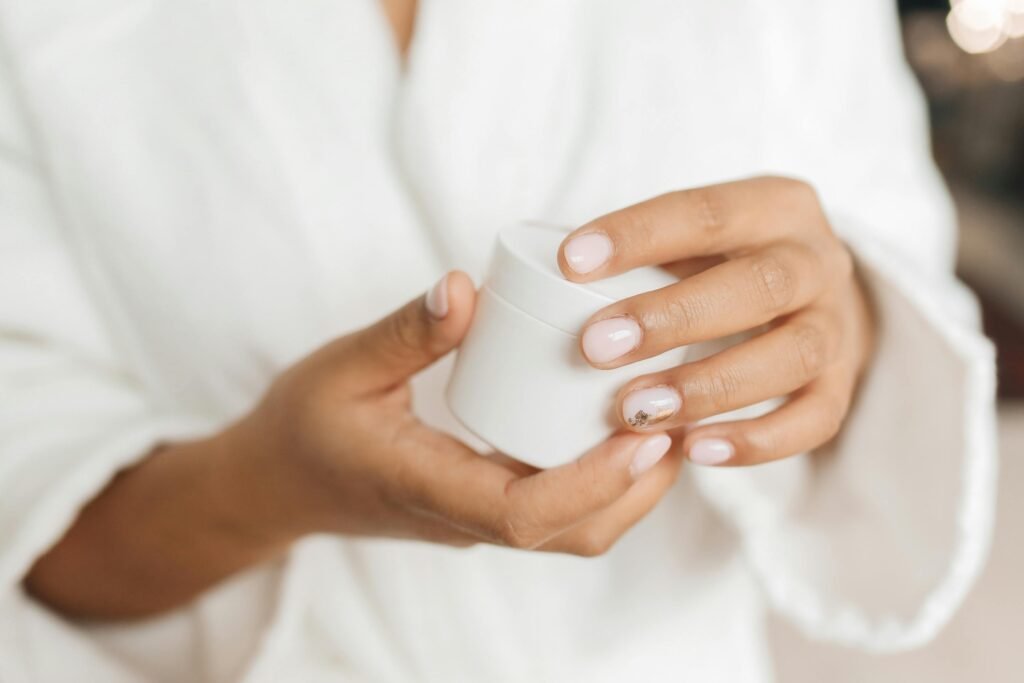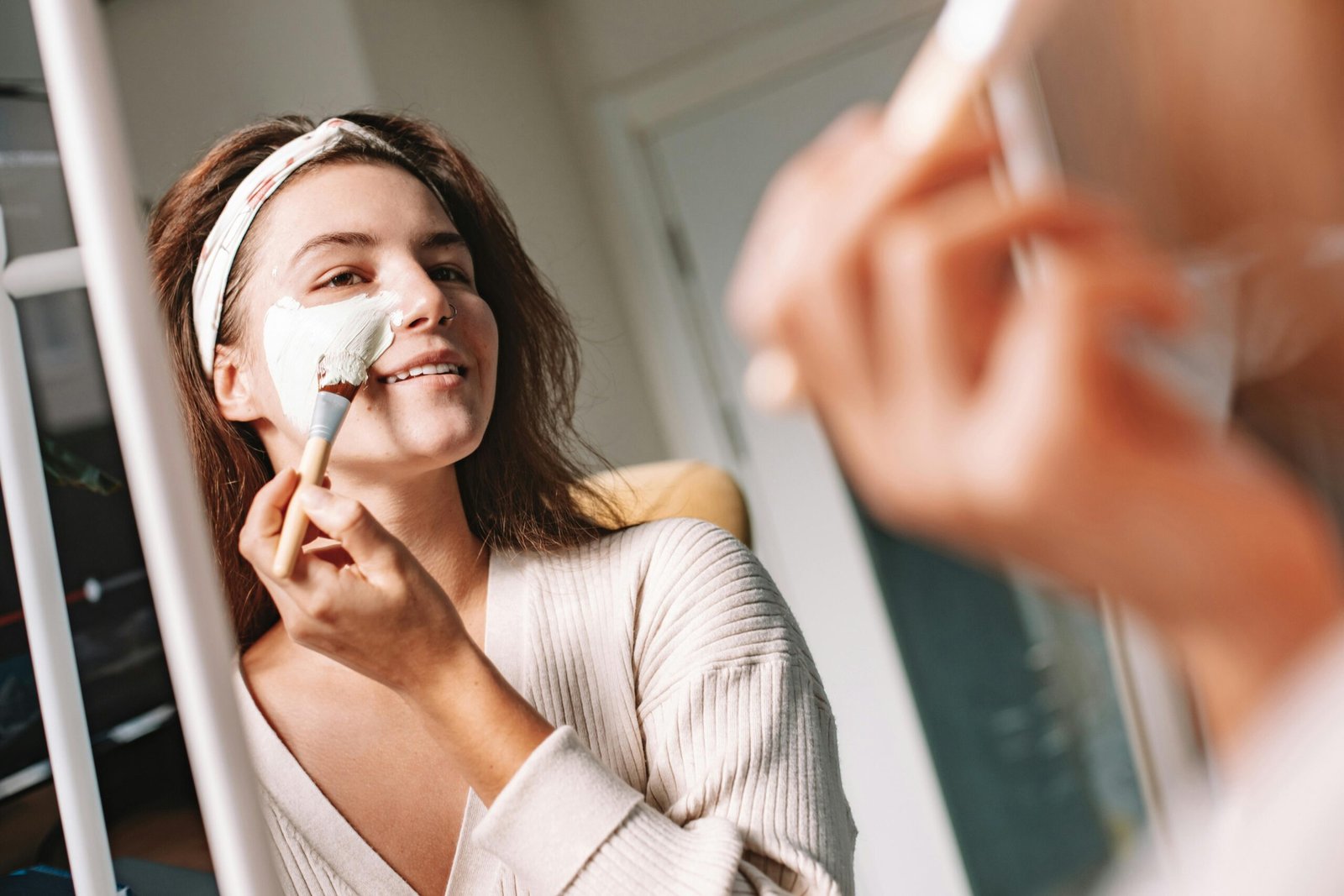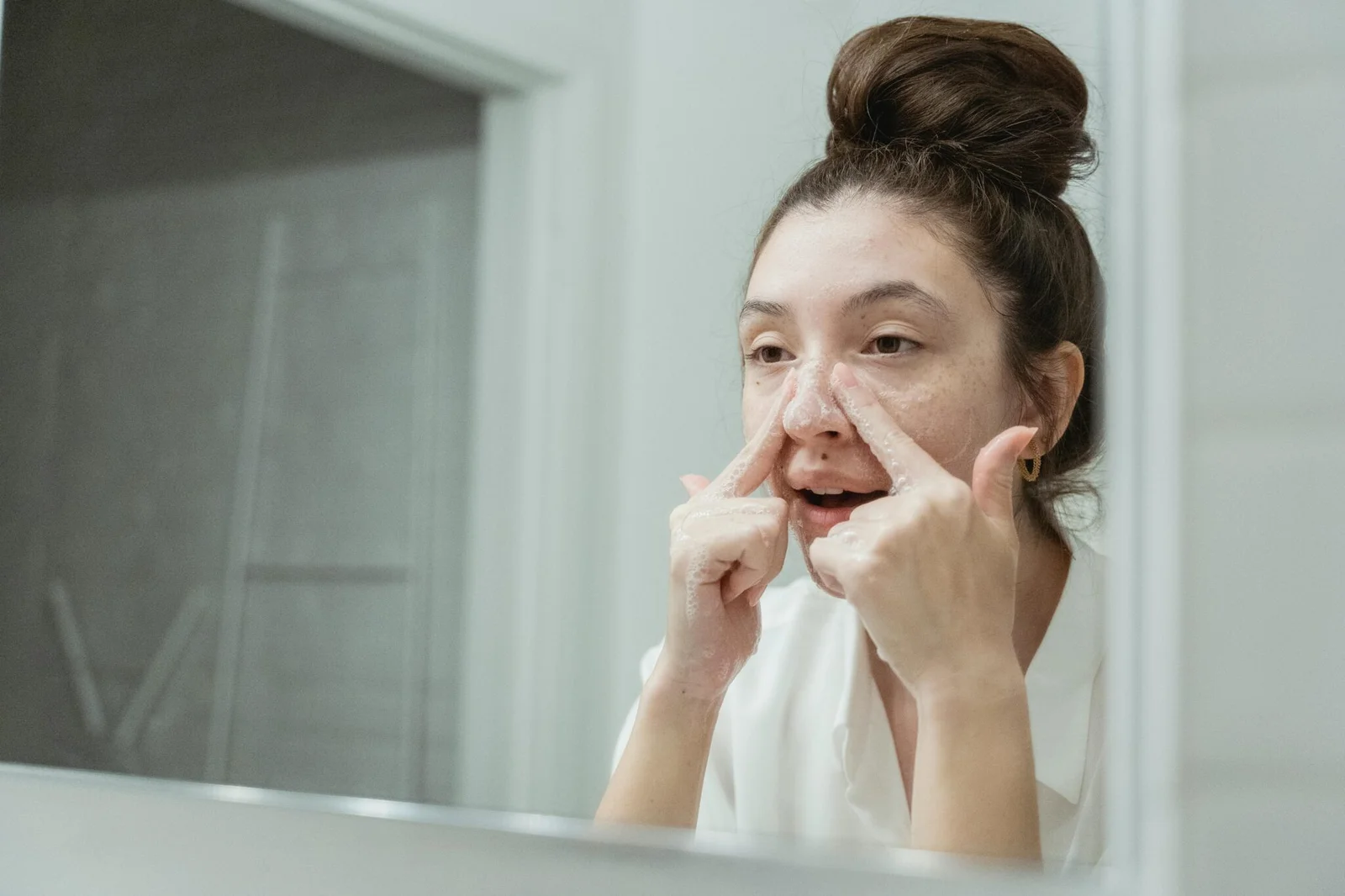The Ultimate Nighttime Skincare Routine for Glowing Skin
October 20, 2024 | by A Skincare Enthusiast

The correct nighttime skincare routine is crucial for keeping your skin healthy and radiant. This blog will guide you through a comprehensive night face care routine featuring the top products tailored for various skin types and concerns.
Why do you need a Nighttime Skincare Routine?

A nighttime skincare routine is crucial as your skin enters a repair and regeneration phase while you rest.
Cell Regeneration: While you sleep, skin cells renew themselves at an accelerated rate, and a nighttime routine boosts this process, aiding in the recovery from daytime damage caused by pollutants and UV rays.
Moisture Retention: The skin can lose hydration during the night. Moisturizing products like creams and serums help retain moisture, particularly for individuals with dry skin.
Targeted Treatment: The night is the perfect time to use specific treatments, such as retinol, which are more effective during these hours as the skin is more responsive to active ingredients.
Soothing Effect: After a busy day, cleansing your skin and applying nourishing products helps calm the skin, alleviating irritation and inflammation.
Here’s a step-by-step guide to crafting the perfect night routine for skin to wake up with refreshed and rejuvenated skin.
The Best Nighttime Skincare Routine

Step 1: Double Cleansing (Cleansing Oil or Balm)
Beginning with cleansing oil or balm is the initial step to eliminating makeup, sunscreen, and excess oils that have built up during the day. Both alternatives serve the same function, yet there are some minor distinctions.
Cleansing Oil: Ideal for dry or normal skin, oils effectively dissolve makeup and impurities without stripping the skin, keeping it moisturized.
Cleansing Balm: This solid cleansing oil works well for all skin types, particularly sensitive or oily skin, as it is less likely to block pores. After working the oil or balm into the skin, add a little water to emulsify and rinse thoroughly.
Step 2: Cleanser (Based on Skin Type)
After performing an oil or balm cleanse, it is crucial to follow up with a water-based cleanser tailored to your skin type to eliminate any remaining impurities.
Oily or acne-prone skin: To minimize excess oil, seek out foaming or gel cleansers containing salicylic acid or tea tree oil.
Dry or sensitive skin: Choose a cream or hydrating cleanser with glycerin or ceramides to prevent skin stripping.
Normal or combination skin: A mild gel cleanser is effective for balancing the skin without causing over-drying.
You may skip the cleansing oil/balm if you have a dehydrated skin.
Step 3: Toner
A toner assists in restoring your skin’s pH balance and provides a light layer of hydration. Depending on your specific skin issues, you can select from hydrating, exfoliating, or calming toners:
Hydrating toners: Suitable for all skin types, these feature humectants such as hyaluronic acid to draw in moisture.
Exfoliating toners include alpha or beta hydroxy acids (AHAs/BHAs) to gently slough away dead skin and clear pores, particularly beneficial for those with oily or acne-prone skin.
Calming toners: Ideal for sensitive skin, these contain ingredients like rose water or chamomile to soothe irritation.
Step 4: Retinol
Retinoids, or retinoids, play an essential role in a nighttime skincare routine because of their remarkable properties for combating aging and acne. By encouraging cell turnover, retinol helps minimize the appearance of fine lines, hyperpigmentation, and acne.
Over-the-counter retinol is less potent and generally suitable for various skin types. If you’re starting out, it’s best to begin with a lower concentration.
Prescription retinoids are more powerful and may be prescribed by dermatologists for severe issues like deep wrinkles or stubborn acne. Since retinol can increase skin sensitivity, it’s important to always follow up with hydration and use it cautiously to avoid irritation.
Step 5: Eye Cream
The area around the eyes is sensitive and often shows the first signs of aging. A specific eye cream addresses puffiness, dark circles, and fine lines. Seek out formulations that contain:
Peptides: To enhance firmness and diminish wrinkles.
Caffeine: To help alleviate puffiness.
Vitamin C: To lighten dark circles.
Use your ring finger to apply a small amount, gently dabbing it around the orbital bone.
Step 6: Treatment
Treatments can range from serums to spot applications focusing on issues like hyperpigmentation, dullness, or acne. Some choices include:
Vitamin C serums: To brighten and equalize skin tone.
Niacinamide serums: Effective for minimizing inflammation, redness, and pore size.
Salicylic acid treatments: Target acne by exfoliating thoroughly within the pores.
Hydrating serums: Infused with ingredients like hyaluronic acid to enhance moisture.
Select a treatment that addresses your main skin concern and apply it after retinol for the best results.
Step 7: Best Overnight Face Cream
To finalize your routine, apply a night cream. This step helps maintain hydration during the night and supports the skin’s repair process while you rest.
For dry skin: Select rich, intensely moisturizing creams that contain ceramides or shea butter.
For oily skin: Pick lightweight, non-comedogenic options with a gel or water-based texture.
Best night cream for Aging Skin: Select creams with peptides or collagen to enhance skin elasticity and firmness.
Your night cream acts as a protective layer, sealing in all the benefits from your regimen and ensuring your skin feels full and nourished in the morning.
Final Comments on the Night Skincare Routine
A consistent night care routine, as per your requirements, guarantees that your skin can effectively rejuvenate while you rest. Modify each step according to your skin type and particular issues to achieve the best outcomes.
For best results, allow your skincare products to work 6-8 hours while you sleep, giving your skin ample time to absorb and rejuvenate.
RELATED POSTS
View all



